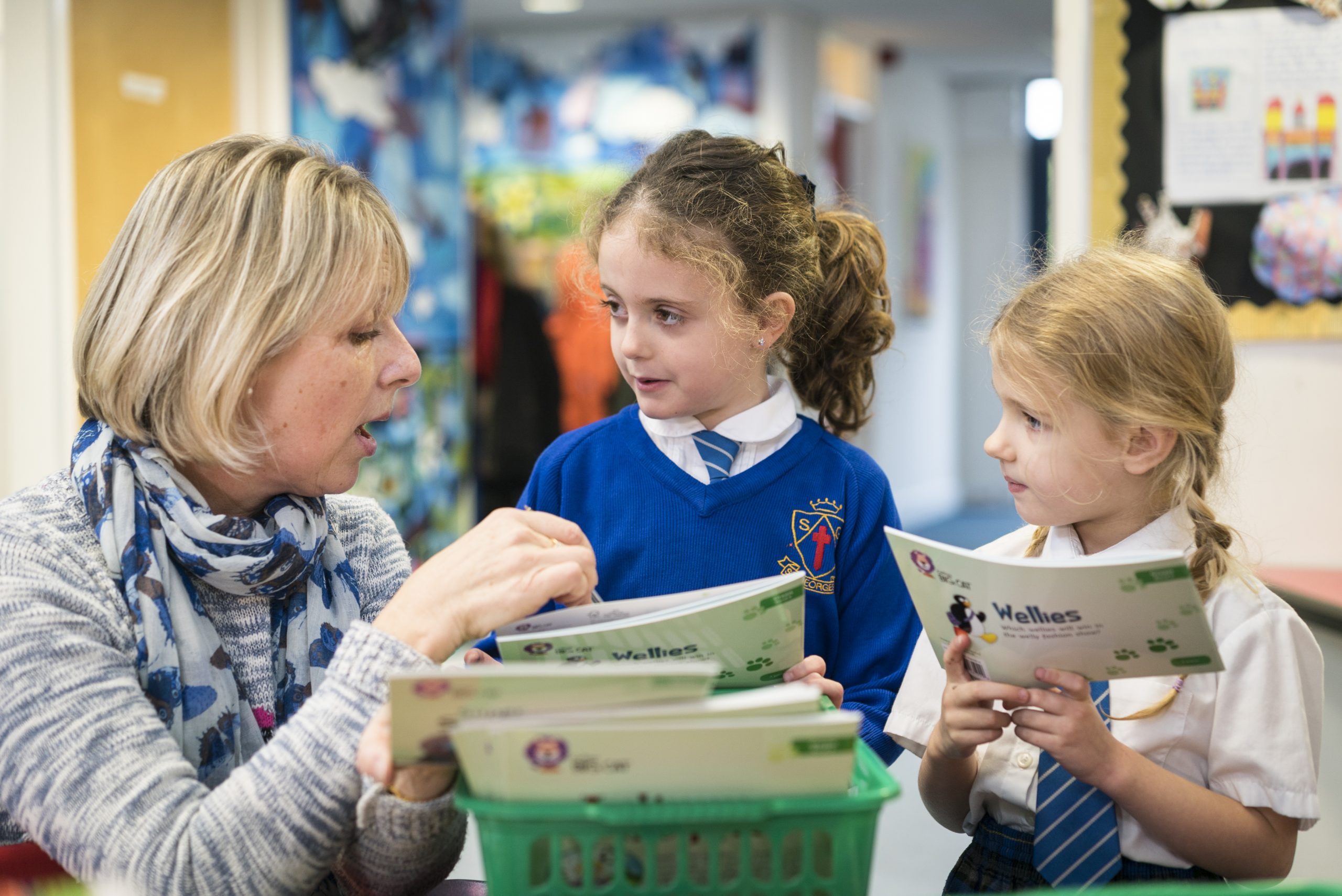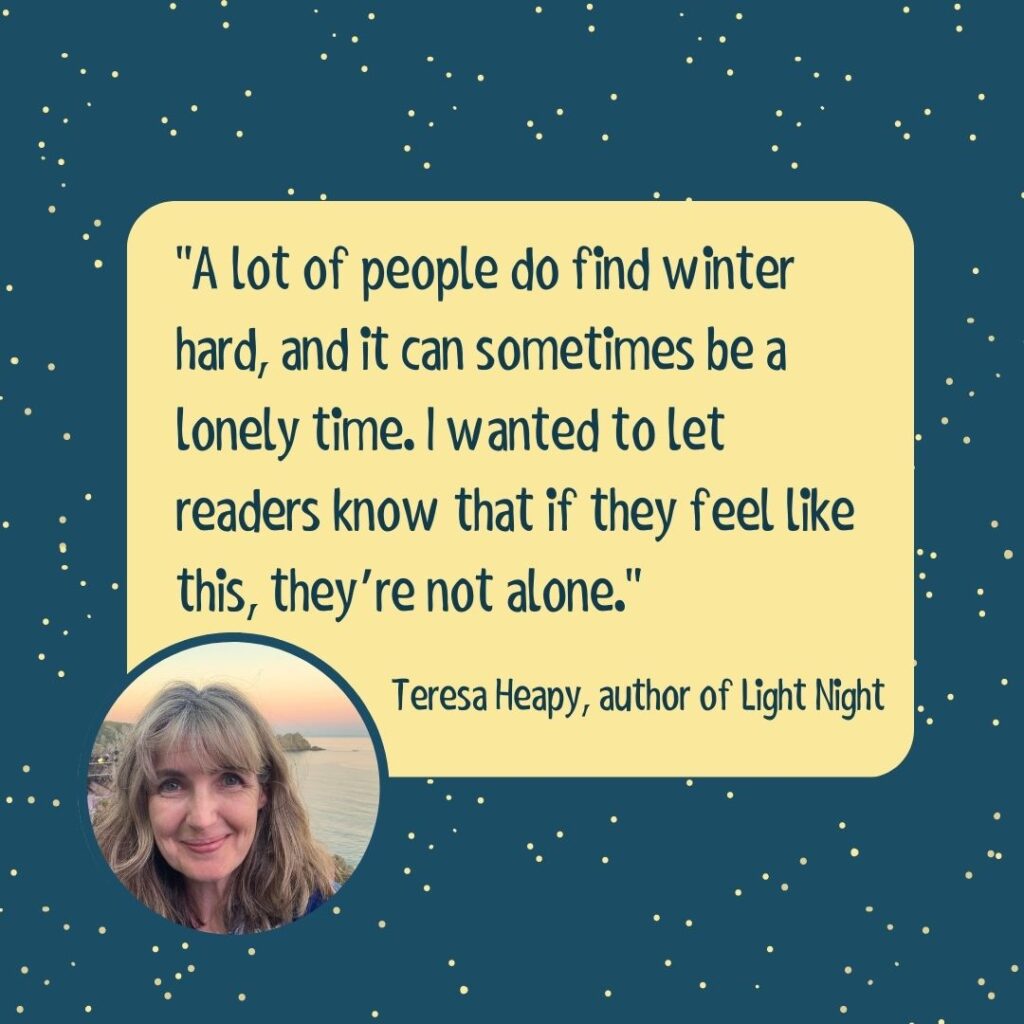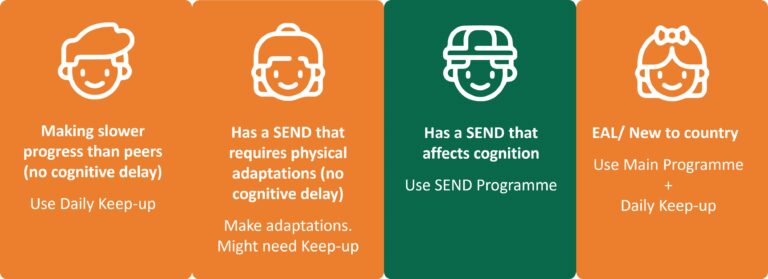Reluctant readers are a small but significant group of children who do not yet read for pleasure. They are children who can read, but instead avoid or choose not to read. While not exclusively boys, many are, and finding ways to guide them towards reading as a pleasurable activity is hard work. In this article, I consider some of the characteristics of reluctant readers and how we can help them.
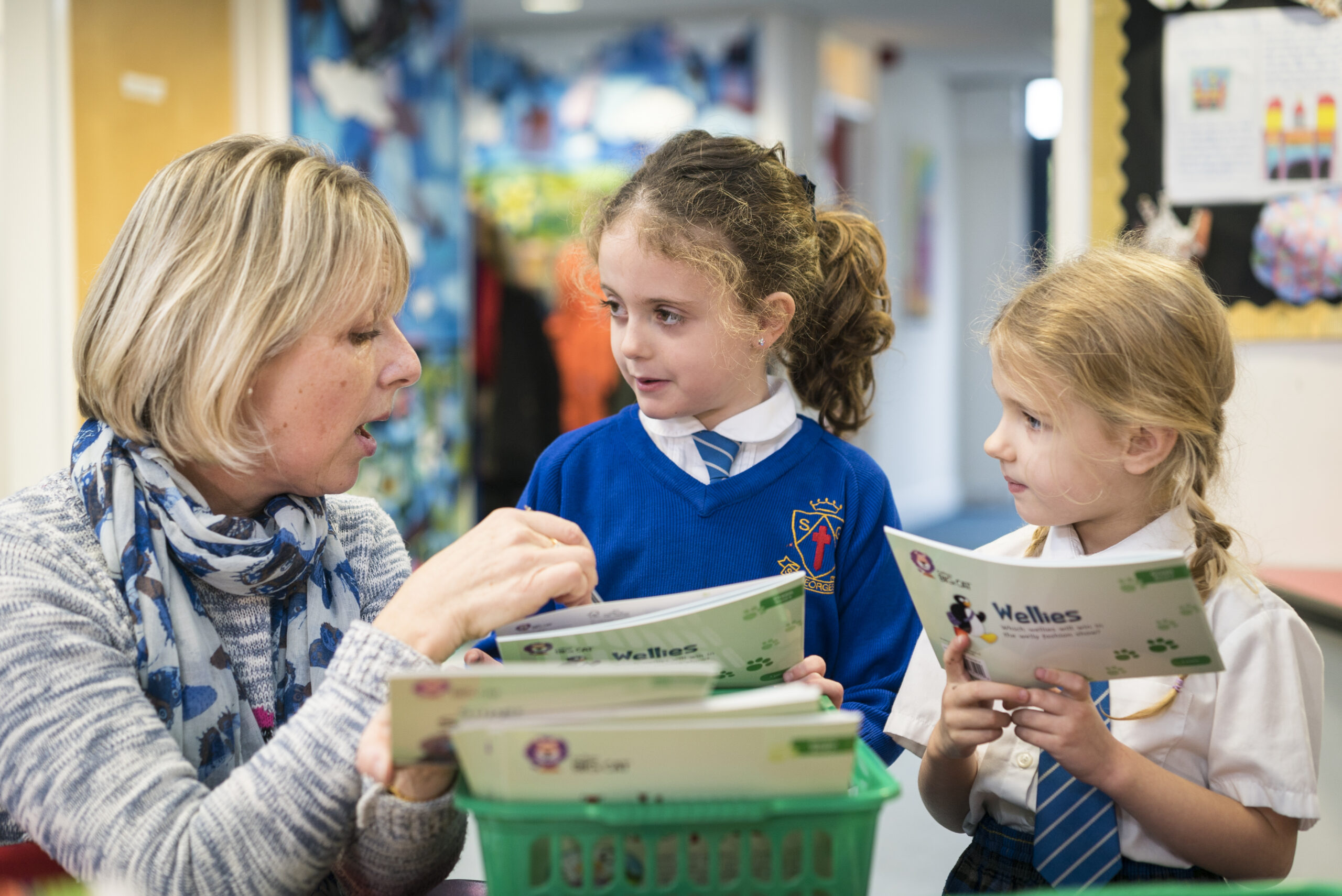
Finding the first book
Knowing what books to recommend to a reluctant reader can be tricky. You need to know what they’re interested in and then have a wide knowledge of children’s literature. Making time to read children’s books will help you recommend texts to the children in your class but also finding out what interests them out of school, which television programmes they like, the sports they’re interested in, the games they play and what they read out of school will help you make recommendations more easily. The Open University Reading for Pleasure website has a huge range of ideas to help you build your knowledge of children’s literature.
Finding the next book
Once a reluctant reader finds a book they like, the next hurdle is to find them subsequent books they’ll enjoy. Pointing children towards books written by the same author is always a good idea and similarly having a stock of books in series also encourages a reading habit. Books in series are particularly good for this as they offer children familiar characters, settings and themes. They also look similar to each other and the further children delve into these series, the more they come to trust the author and illustrator to provide them with pleasure from their reading.
Reading by choice
Children who read for pleasure do so by choice and not because they’ve been told to. Ensuring that all the children in your class choose to read means you’ll need a range of texts that appeal to all children and a system for exchanging books based on choice rather than allocation.

It’s a good idea to have a range of fiction, non-fiction, poetry and other texts organised within reading bands. This means that children can choose the texts that appeal to them while you’re assured that the text will be within their reading ability. It’s also worth scheduling some time each day for reading for pleasure to help children develop the habit of regular reading.
It’s also worth bearing in mind when setting up reading for pleasure time, that reading doesn’t need to be a solitary activity and many reluctant readers benefit from reading socially. Encouraging children to read in pairs or small groups is hugely beneficial for all readers but especially those who are less likely to read on their own. Having multiple copies of books so that children can read together aids this greatly as does having audio copies of books that children can read along with.
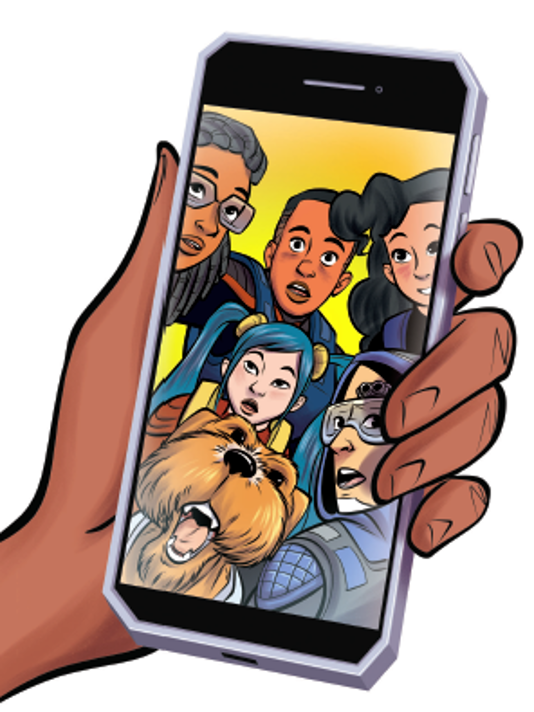
Reflecting the world around them
Another barrier to reading experienced by many reluctant readers is that they struggle to find books that reflect their own experiences of the world around them. This could be that the characters in books don’t look like them or that they don’t have the same interests as them. Furthermore, reluctant readers are often unable to find characters they aspire to be like.
It’s worth auditing the stock in your classroom collection to see how well it reflects the lives of your children. When doing this, you may want to think about how many of the main characters in books are representative of the ethnicity of children in your class. It’s also worth considering whether the books you have present positive images of boys and girls, children with disabilities and positive images of working class and middle-class people. The Reflecting Realities report undertaken by the CLPE is worth reading to support you as you audit your classroom book stock.
In a similar way, it’s worth looking at the range of books in your collection that represent the contemporary world. You and I might like old-fashioned adventures set in times gone by, but not all readers do. Some of our reluctant readers want to read texts set in the familiar world of the present.
Multi-modal texts
Sometimes children are deterred from reading in school because the books on offer don’t reflect the texts they read out of school. 21st century children are skilled at interpreting multimodal texts such as illustrated fiction, comics and graphic novels. They are experts at following computer game narratives and navigating online texts. Ensuring that you have a range of multi-modal texts in your classroom stock, and that you value these as highly as longer chapter books, is a good way to encourage children to read for pleasure.
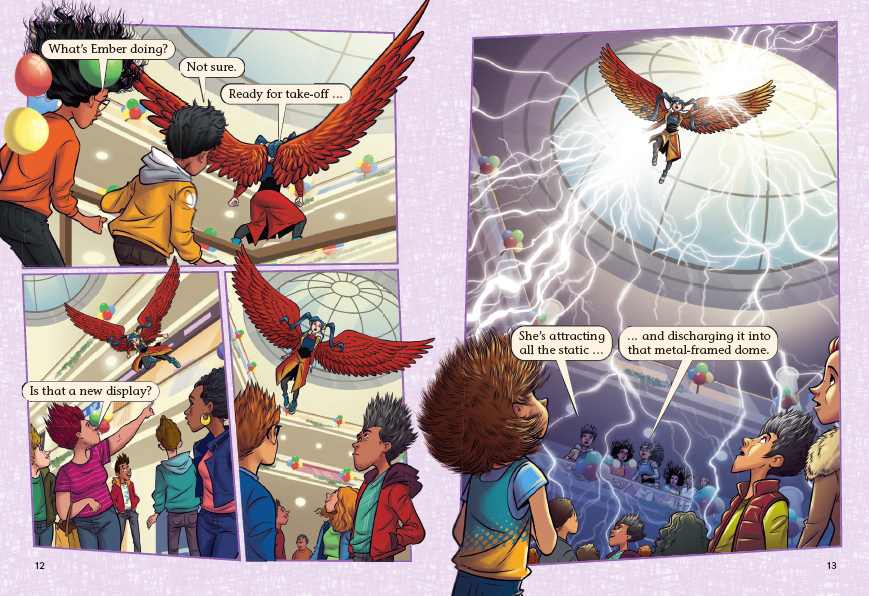
In summary, if you’re looking to support reluctant readers, I recommend:
- creating a collection of books by the same authors and books in series
- ensuring that you have a range of fiction, non-fiction, comics, graphic novels, picture fiction and e-books
- becoming familiar with children’s books so that you can more easily make recommendations to children
- getting to know your class really well so that you know both their reading and wider interests
- providing time each day for children to read for pleasure and allow children to read together during these sessions
- auditing your reading stock to ensure that it reflects the interests of your class and that it is representative of the lives they lead
If you’re looking for a new series of books in series to inspire reluctant readers working between Purple and Lime bands, Shinoy and the Chaos Crew is a new addition to Big Cat that may offer just what you’re looking for.
Written by Rachel Clarke
Rachel Clarke works with schools across the UK and beyond to raise standards in literacy. She is the author of several education books published by Collins and writes regular articles for education magazines and websites.
